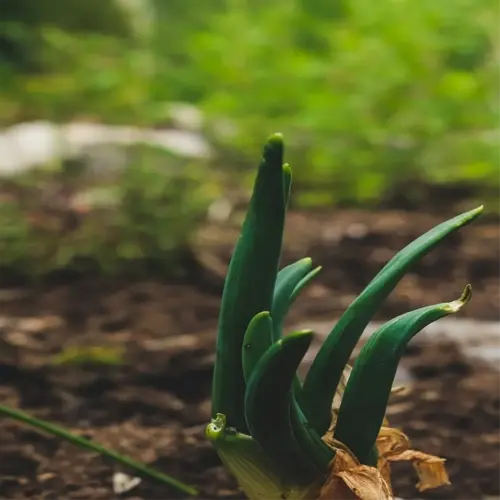How cold-tolerant are zucchini seedlings?

Written by
Liu Xiaohui
Reviewed by
Prof. Samuel Fitzgerald, Ph.D.Baby zucchini seedlings usually collapse at the first hint of frost. I have removed zucchini seedlings after a 33°F night, with the stems limp and blackened. They are tender plants that require constant soil temperatures at or above 65°F to grow. Use cloches religiously until nighttime temperatures are constant. It only takes one cold night to undo weeks of growth.
Emergency Measures
- Wrap seedlings in frost blankets
- Place gallon jugs of hot water around plants
- Spray leaves with 5% seaweed solution
Long-Term Solutions
- Install hoop houses by October
- Use soil-warming cables in raised beds
- Plant near south-facing stone walls
Recovery Protocol
- Trim frost-damaged leaves immediately
- Apply 1/2-strength fish emulsion
- Delay new plantings by 10 days
Soil temperature is more important for survival than air temperature. Zucchini from my clients in Colorado survived overnight lows of 28°F because the soil in their raised beds was still at 55°F. Each morning, if you dig a 6" hole, and if your palm feels cold at that depth, don't plant that day. Black plastic mulch can provide the soil with an extra 5°F to 7°F.
Coastal Zones
- Plant 3 weeks after last frost
- Use salt-resistant cloches
- Avoid low-lying fog pockets
Mountain Zones
- Stagger plantings July 1-15
- Double-layer row covers
- Select 'Alpine' hybrid variety
Mature plants are more resilient than seedlings when recovering from cold stress. I was able to revive zucchini damaged by 40°F air temperatures by foliar feeding kelp extract. However, continuous chilling at temperatures under 50°F will produce bitter fruit and you should discard any zucchini fruits with white streaking. I encourage you to monitor your microclimates, for example, the location of greenhouse doors will be 8°F cooler than the center of the beds.
Read the full article: When to Plant Zucchini: Perfect Timing for Big Harvests

